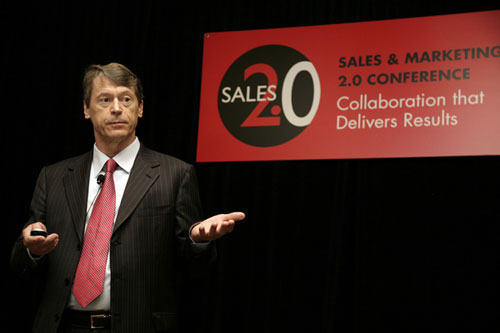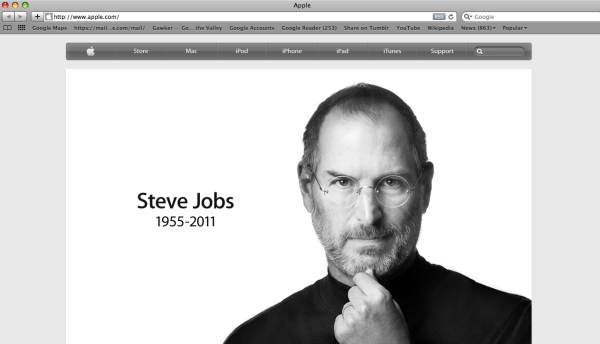In this Q&A with Gerhard Gschwandtner, host of the upcoming Sales 2.0 Conference, (April 2-3 in San Francisco), we discuss how sales leaders are learning to adapt to the needs and expectations of today’s customer. We’re exclusively offering a special offer for this event: use code ggSLB3 at checkout by Thursday, March 29 and get $300 off registration.
Q: How is sales changing and what trends should I be aware of?
A: Research by the Sales Executive Board shows that 57% of B2B buying steps are completed before buyers connect with a salesperson. Learn how successful companies adapt successfully to the new buying behaviors. Learn how high-growth companies give their salespeople better tools that help them spend more time to deliver more insight (not knowledge) to their customers.
Q: What is Sales 2.0 and how will I benefit?
A: Sales 2.0 is all about a) adaptation of sales productivity enhancing application b) acceleration of sales processes and c) integration of people, process and technology to optimize sales results. At this conference you learn from your peers as well as industry leaders and you will take home actionable ideas that will help you transform your sales organization and achieve far greater levels of sales effectiveness.
Q: Should we invest in social media tools now, or wait until we have a greater chance of seeing ROI?
A: We live in a social and mobile world and we see the formation of a new “social mind-set” that creates the foundation for the conversation economy. On a global level we realize that none of us can be as smart as all of us. Social technology allows us to connect, collaborate, and co-create sales. This new mind-set impacts everything; the way we manage people, the way we invest our time, the way we design our offices to optimize social and mobile interactions, the way we manage the flow of our work and the way we innovate, and the way we communicate with our customers. You’ll meet several experts in this new field who will impress you with their cutting edge ideas and proven processes.
Q: Will you be available at the conference to answer any questions from the participants?
Yes, of course. I will also be happy to answer any questions you have before the conference. Just email me at gg@sellingpower.com
The event will be held at the Four Seasons Hotel in San Francisco, on April 2nd and 3rd.

Gerhard Gschwandtner is the founder and CEO of Selling Power and regular host of Sales 2.0 Events.
